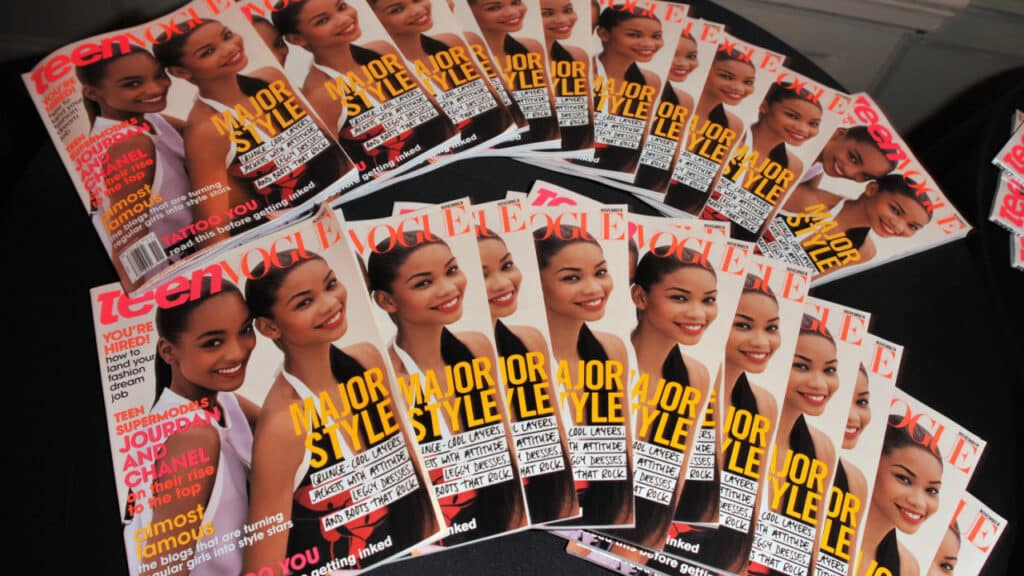How The ‘What Women Wear to the Gym’ TikTok Debacle Says More About Men Than It Does About Us
Let’s be honest—this was never about gym clothes. It’s about control.
A conversation that started with one man’s comments about “workout bikinis” has exploded across TikTok, turning into a digital battleground over what women are “allowed” to wear when they exercise. At the center? The tired and dangerous idea that women’s bodies are distractions and that their clothes are to blame.
The Whole ‘What Women Wear to the Gym’ Discussion Started With a Gym Owner Complaining About “Bikinis”
The viral firestorm began with Irish gym owner Paul Byrne, who said on Newstalk’s “Lunchtime Live” that many young women are “practically wearing bikinis” to the gym. According to the New York Post, Byrne claimed this new wave of workout attire is “practically narcissistic” and “intimidating” to others.
He blamed the trend on social media, saying, “We have a lot of young girls practically wearing bikinis when they work out now.” And when the host clarified, “Not actual bikinis though?” Byrne doubled down, calling the standard crop top and shorts combo a “workout bikini.”
Women weren’t having it.
Women Clapped Back—Hard
TikTok lit up with responses, as women reclaimed Byrne’s words with sarcasm and solidarity. One user captioned her gym outfit video: “Making sure I have my tiniest skimpiest most intimidating gym bikini on before entering the gym.”
Another said, “On my way to the gym, hope I’m intimidating any creepy men with my bikini,” wearing a typical sports bra and leggings set.
Even Irish personal trainer Nathalie Lennon weighed in. Speaking on Newstalk, she said: “We should be allowed to feel empowered, not policed when we are working on our health… To blame a woman for someone else’s distractions is outdated, and it’s problematic.”
The “What Women Wear to the Gym” Hashtag Unleashed the Worst of Men’s Opinions
As the trend spread, male TikTokers joined the conversation—and many took it from bad to worse.
One creator ranted about women being “ass naked” at the gym, saying, “The leg press machine gotta look like a casting couch.” He even called women fighting to wear what they want “privileged pieces of shit.” Another said women doing Romanian deadlifts in front of him made it “hard not to look” and blamed them for his “creep mode” feelings.
The obsession with women’s outfits somehow became more pressing than actual issues like systemic inequality or gym harassment.
But TikTok Women Are Flipping the Script
Women creators have stepped in to challenge the misogyny head-on—and with facts. One explained that men can show their nipples at the gym while women get shamed for wearing a crop top. “You’re freaking out over a sports bra and bike shorts? For what?” she asked.
Another, a trainer with over a decade in the fitness space, added: “I have never once seen anyone in lingerie at the gym.” She pointed out how the problem isn’t women’s clothes—it’s how some men perceive them.
“You can just move,” she said. “If you’re uncomfortable, relocate. But don’t rage-bait and then act surprised when people push back.”
So… What Are We Actually Talking About?
The “What Women Wear to the Gym” discourse reveals a deeper issue. It’s not about outfits—it’s about entitlement. The men complaining aren’t concerned with gym decorum. They’re reacting to the fact that women, especially women with muscle, confidence, or curves, are taking up space unapologetically.
And when women do that—when they stop shrinking, when they wear what makes them feel powerful, when they reject shame—it threatens a status quo that’s always centered on male comfort.
Wear What You Want—And Don’t Let Misogyny Make You Sweat
Let’s be clear: the gym is not a runway, but it’s also not a courtroom. You don’t owe anyone an explanation for how you dress to lift, run, or stretch. Comfort, confidence, and personal choice should drive your gym fits—not outdated ideas of modesty wrapped in fake concern.
The “What Women Wear to the Gym” backlash is loud, but so are the women pushing back. And their message is simple: we’re not here for your gaze. We’re here to work.




